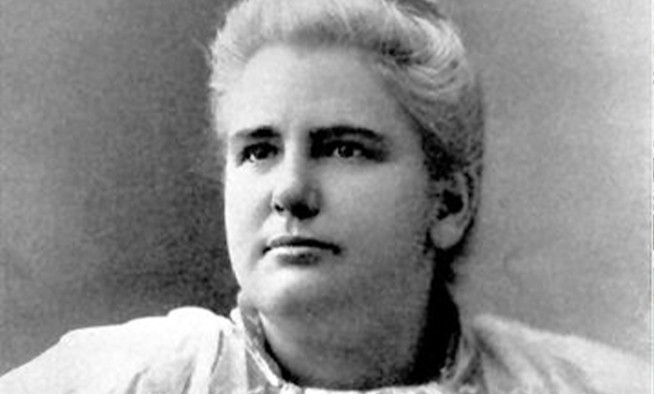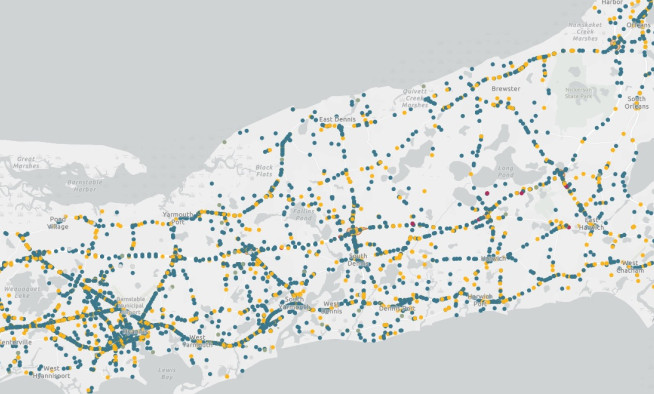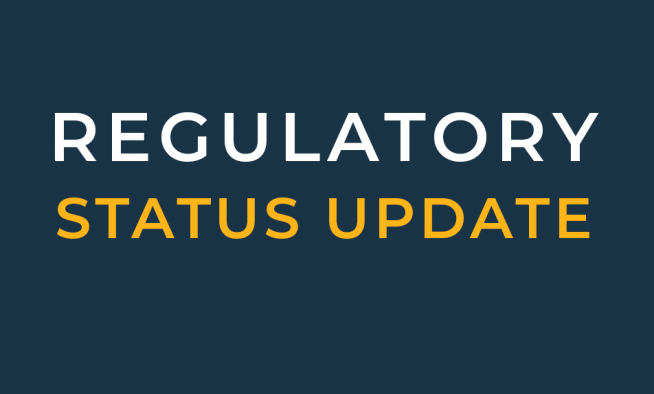Initial 2020 Census results released
Numbers show an increase in Cape Cod’s population
The analysis of data available from the 2020 United States Census is now underway. In August 2021, the Census released redistricting data. This data, used primarily to determine legislative districts, includes information related to population, race and ethnicity, housing units, and occupancy status.
Like many things, the 2020 Census was affected by the COVID-19 pandemic, with operations adjusted to ensure the health of Census Bureau employees and the public, while still gaining an accurate count of communities. The pandemic also affected the timing and detail of data release.
Barnstable County achieved a self-response rate of 50.9%. While that rate is lower than the state average, the Census Bureau calculates response rates using the total housing units, including vacant or seasonal homes, so the lower response rate is typical of highly seasonal communities like Cape Cod.
Cape Cod’s population grew in the past decade
Census data shows that Cape Cod’s year-round population has increased since 2010. The 2020 count is 228,996 residents, higher than the count of 215,888 in 2010 and the count of 222,230 in 2000. The 2020 population count significantly exceeded past projections, many of which anticipated a decline in population.
At the town level, nearly all Cape Cod towns gained residents over the course of the past decade. The Town of Wellfleet showed the largest percent increase in population, up approximately 30% since 2010. Provincetown and Truro also showed significant growth, at 25% and 23%, respectively. Sandwich was the only town to have lost residents, showing a population decline of 416.
Town-level population data indicates that mid- and upper-Cape towns continue to more year-round residents than lower- and outer-Cape towns. Communities that experienced a higher increase in population – Wellfleet, Provincetown, and Truro – are also the towns with higher rates of seasonality. This may indicate a trend of traditionally seasonal residents that chose to stay on the Cape longer or year-round due to the pandemic.
Cape Cod is more racially diverse
Like many parts of the United States, Cape Cod seems to have become more racially diverse over the past decade. Preliminary Census data shows that the racial diversity of Cape Cod has increased. In 2010, Barnstable County was 93% white, and by 2020, that number had decreased to 86%.
Housing units increased while the number of vacant homes decreased
Preliminary Census data includes a count of total housing units. This data shows an increase in the number of housing units on Cape Cod, up 4,604 from 2010 to 164,885 in 2020. The mid- and upper Cape show the largest amount of housing units, and the Town of Barnstable showed the greatest growth, adding more than 1,000 units over the past ten years.
Until more detailed seasonality data becomes available, vacant housing units can be used as a proxy for understanding the prevalence of seasonal or second homes within the region. In 2020, Cape Cod had a region-wide vacancy rate of 37.31%. Vacancy rates varied from town to town, with the highest vacancy rates seen on the Outer Cape. Regionwide, the number of vacant housing units declined by 1,009 from 2010. This could be attributed to vacant seasonal housing being converted to year-round housing due to the pandemic.
These are all preliminary findings, and there is still quite a bit of Census data to come. The American Community Survey 5-year data products are slated for release in March. These are expected to provide greater clarity in topics such as age, education, employment, transportation, as well as more granular geographic units.
Related Posts




